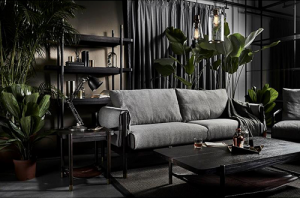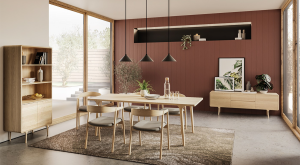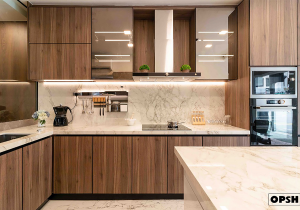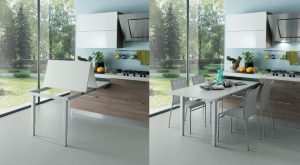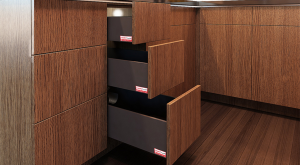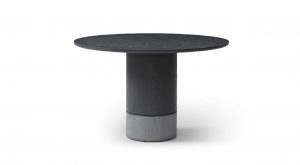Featured Post
The Ultimate Guide to Choosing Nightstands for Kids' Bedrooms and Nurseries
Nightstands do more than hold a lamp. In kids’ bedrooms and nurseries, they blend style and function. This guide helps you find the right nightstand for your child’s space, balancing safety, storage, and design.
Furniture in a child’s room needs to work hard. A nightstand might seem like a small detail, but it can transform how the space feels and functions. Whether you’re setting up a nursery for a newborn or updating a bedroom for a growing kid, the right nightstand adds both practicality and charm. I’ve seen firsthand how a well-chosen nightstand can make bedtime smoother and keep essentials close. Let’s explore what makes nightstands for kids’ bedrooms and nurseries so special.
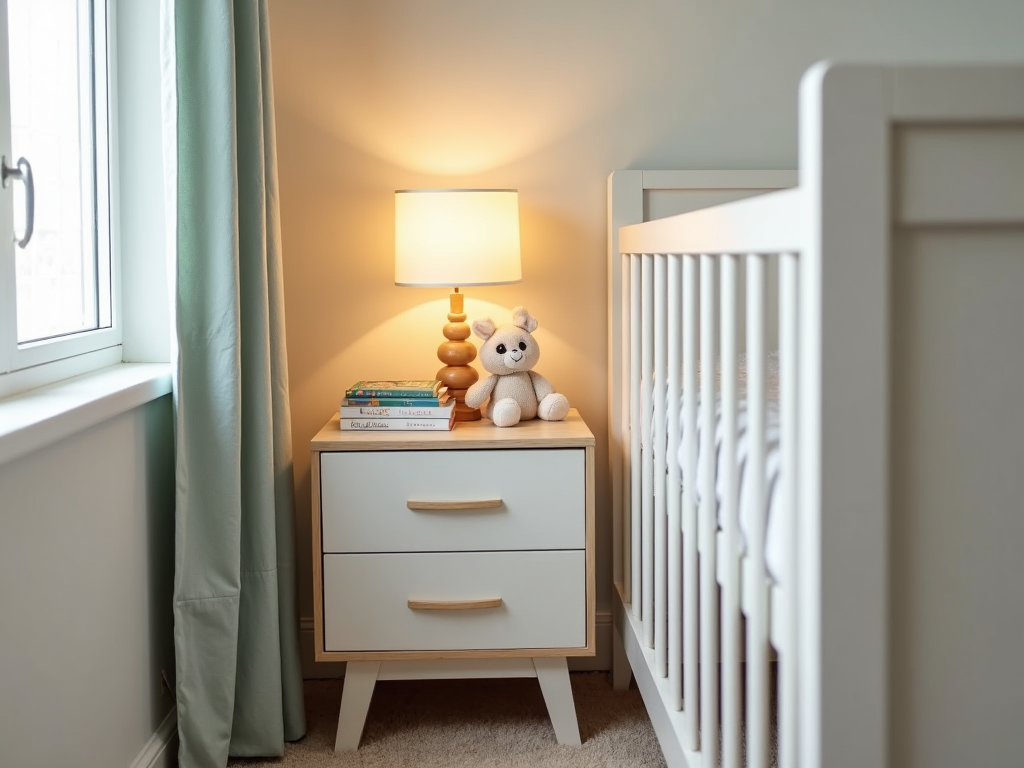
Why Nightstands Matter in Kids’ Rooms
Nightstands aren’t just for adults. In a child’s space, they serve real purposes:
- Storage: Keep books, toys, or a sippy cup handy.
- Lighting: Hold a nightlight to ease fears or help with midnight feedings.
- Reach: Give kids a spot for their favorite things without stretching.
I remember my niece’s room—her nightstand held a little lamp and her stuffed bear. It became part of her routine, making bedtime less of a battle.
What to Look for in a Kids’ Nightstand
Picking the right nightstand means thinking about your child’s needs. Here’s what I’ve learned matters most:
- Safety First:
- Rounded edges stop bumps and bruises.
- A solid build prevents tipping if a toddler climbs.
-
Non-toxic paint is a must—kids chew on everything.
-
Right Size:
-
Match it to the bed or crib height. Too tall, and it’s useless; too short, and it’s awkward.
-
Storage That Works:
- Shelves suit little ones who grab things fast.
-
Drawers help older kids hide treasures.
-
Style Fit:
- A fun design—like a rocket or flower—sparks joy.
- Simple wood blends with any room as they grow.

A Personal Take: Nightstands in Action
I’ve watched nightstands evolve with my own kids. In the nursery, ours held a monitor and diapers—lifesavers at 2 a.m. Later, my son used his to stack superhero comics. It wasn’t just furniture; it was part of his world. Adding a nightlight turned it into a cozy spot, cutting down on those ‘monster under the bed’ worries.
Styles That Shine
Nightstands for kids’ bedrooms and nurseries come in all shapes:
- Modern: Clean lines, neutral tones—great for a sleek look.
- Traditional: Warm wood that lasts through the years.
- Themed: Think dinosaurs or princess castles for extra fun.
- Convertible: Some turn into desks as kids grow.
A friend painted her daughter’s nightstand with stars. It matched the glow-in-the-dark ceiling and made the room magical.

Quick Style Comparison
| Style | Perfect For | Why Choose It? |
|---|---|---|
| Modern | Minimalist rooms | Simple, chic |
| Traditional | Long-term use | Timeless, sturdy |
| Themed | Young imaginations | Playful, personal |
| Convertible | Growing kids | Adapts over time |
Safety Tips You Can’t Skip
Kids are unpredictable, so safety rules the day:
- Anchor It: Bolt tall nightstands to the wall. One tip-over could ruin everything.
- Safe Materials: Check for non-toxic finishes—look at labels or ask the maker.
- Height Check: Keep it low enough for little hands to reach.
For more, Safe Kids Worldwide has solid advice on keeping furniture safe.
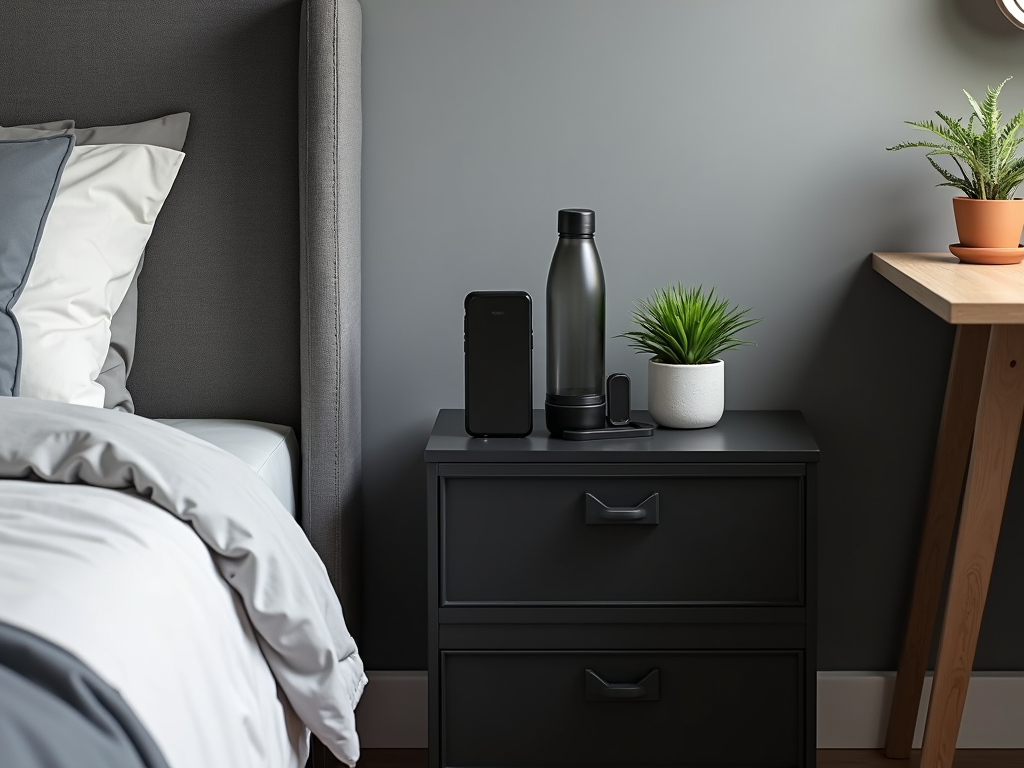
Matching Nightstands to Age
Different ages need different features:
- Babies (0-2): Small, safe, and simple. Add a lamp and baby gear.
- Toddlers (2-5): Rounded edges, open shelves for toys.
- Kids (6-12): Drawers for stuff, room for a clock or books.
- Teens (13+): Charging spots, bigger surfaces for gadgets.
My toddler’s nightstand doubled as a book nook. By middle school, it held his headphones and sketchpad.
Blending Nightstands with Decor
A nightstand can tie a room together:
- Match It: Pair it with the bed or crib for harmony.
- Mix It Up: A bold color adds a fun twist.
- Get Creative: Paint it with your kid—my daughter loved her polka-dot design.
In my son’s space, a green nightstand popped against blue walls. It felt like his own.

Making It Practical
Think beyond looks. In a nursery, a nightstand with a flat top can hold a changing pad. For older kids, one with a pull-out tray works as a mini desk. I once rigged a basket under my daughter’s nightstand for extra toy storage—genius move when space got tight.
Mistakes to Avoid
I’ve seen parents skip key steps:
- Too Big: A giant nightstand dwarfs a crib and wastes space.
- Sharp Corners: One bump, and tears flow.
- Cheap Builds: Wobbly legs mean trouble.
Measure twice, test it in person if you can. It saves headaches later.
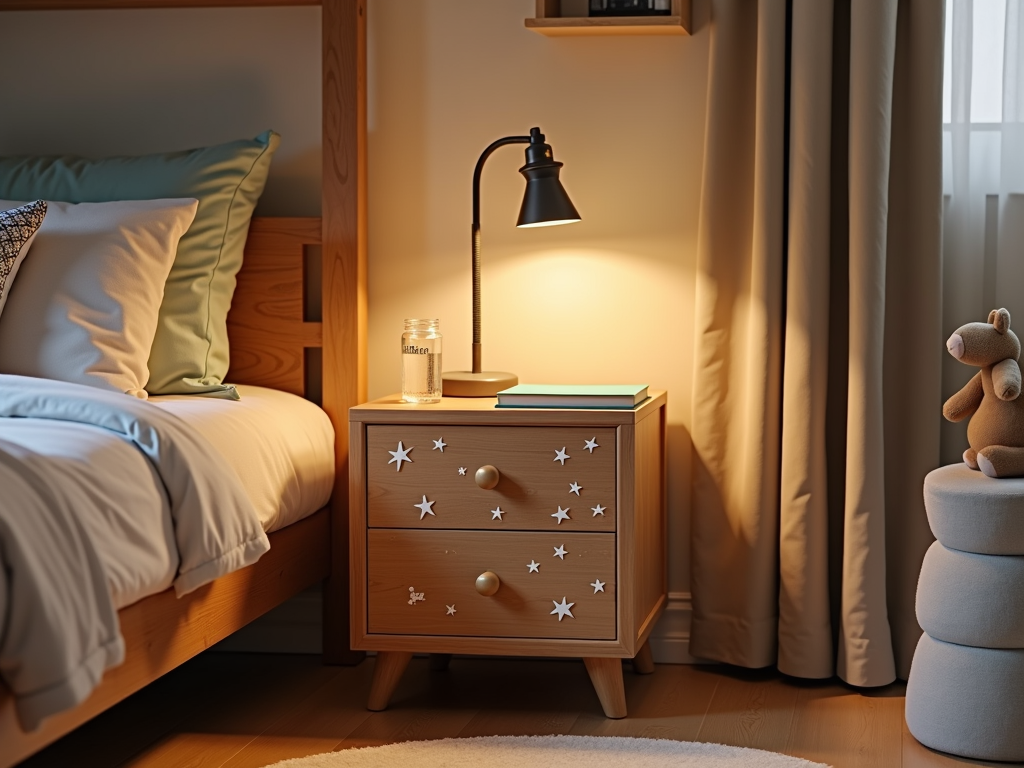
Summary
Nightstands for kids’ bedrooms and nurseries blend safety, style, and smarts. Pick one that fits your child’s age, keeps them safe, and matches the room. From nursery essentials to teen hideouts, the right nightstand grows with them. Make it theirs, and it’ll be more than just furniture.


